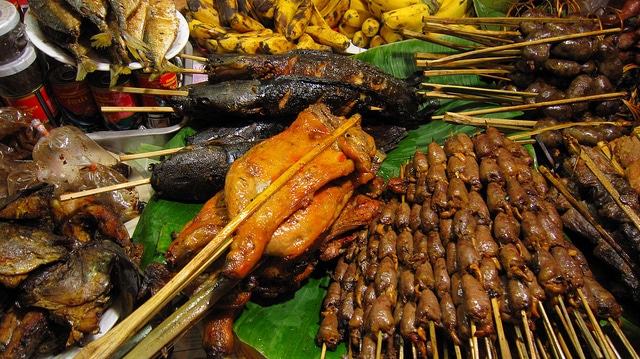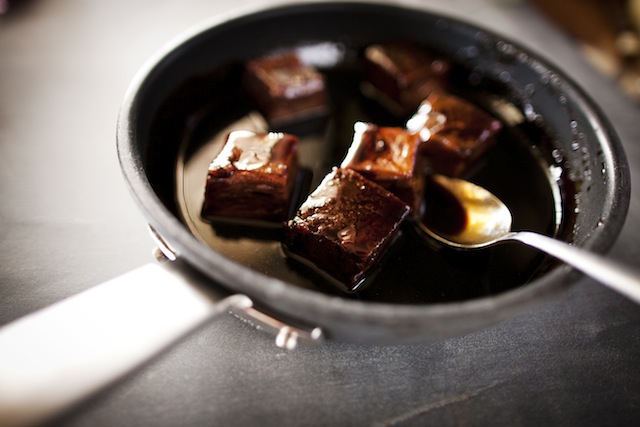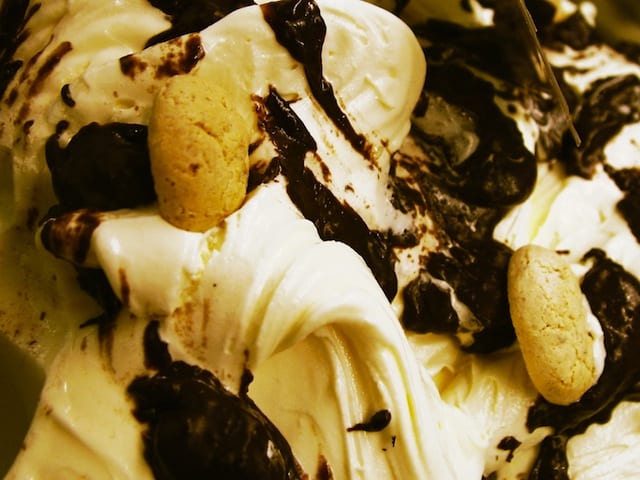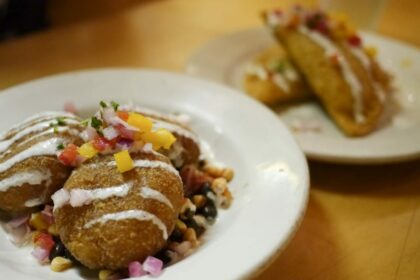
One of the best ways to get to know a local culture is through its epicurious offerings. But, there’s more to getting to know a region’s culinary culture than simply going to any old restaurant. Skip the tourist areas and overpriced menus and opt for these immersive epicurious experiences instead:
Sip A National Cocktail
The first thing you should do when arriving in a new country is head to a local bar, find out what the national cocktail is and order it. It’ll not only give you a sweet buzz, but also some insight into the local culture. Caipirinhas in Brazil, mojitos in Cuba and Pisco Sours in Peru are just some of the delicious national cocktails to try on your travels. For a comprehensive list of national cocktails and drinks, click here.
Try WWOOFing Or Do A Homestay
Living with a family in your destination is the best way to eat a variety of authentic home cooked meals. Unlike restaurants that prepare their foods for international tastes, your homestay family will prepare foods using their tried and true recipes. If you opt to take part in World Wide Opportunities on Organic Farms (WWOOF), which is where you work on an organic farm in exchange for room and board, you’ll also get to help harvest the food you’re consuming. Love it or hate it, it’s authentic local flavor at its best.

Sample A Regional Specialty
While certain countries are known for particular foods, regions are even more specific. For example, on the islands of Okinawa in Japan you’ll find delicacies specific to the islands, like brown sugar, Tebichi (boiled pig’s feet) and goya champuru (bitter melon). Moreover, while Argentina is known for its tasty empanadas, the recipe changes depending where you are. While in Mendoza empanadas are typically filled with beef, onion, egg, and sometimes olives or cheese, in Salta you’re more likely to find them stuffed with potatoes, beef, chicken and sometimes even llama meat. In Cordoba empanadas are usually made sweet, with white sugar, potatoes, olives and meat, while in Tucuman the dish is prepared in a clay oven with lemon juice and contains beef, chicken and tripe, although more modern varieties may contain cheese and onion. And in Jujuy your empanada will have a unique spice, with a mix of peas, pepper and onion.
Farmers Markets
By frequenting farmers markets, you’ll see exactly where local food comes from. At these types of markets produce is local, desserts are baked fresh and products are artisanally made, meaning better taste and better quality. Moreover, you’ll learn about sustainable initiatives in the community and if you buy something, you’re money will go toward helping small businesses.

Street Food
Street food sometimes gets a bad rep as being dirty or contaminated. In reality, street food is often fresh and delicious and the closest you’ll come to a home cooked meal outside of a homestay. Choripan in Argentina, gorditas in Mexico and Currywurst in Germany are some of the delicious meals you can get on the streets.
Local Wines And Beers
If you’re near an area with its own wine region, take a day to explore it and learn about the local varietals. These areas are often relaxing, picturesque and full of friendly locals who want to chat to visitors. Additionally, check to see if there are any microbreweries in the area to give you a taste of the region’s craft beer scene.

Converse With A Local Chef
Chefs are masters at taking ancient recipes and putting innovative and modern twists on them. Find a local restaurant with an open kitchen and see if you can chat with the chef while he works. Diva at the Met in Vancouver takes innovative cooking to the next level with avant-garde spins on recipe favorites. A scoop of butter toast ice cream might be dipped in liquid nitrogen and malt powder to give the dessert a dark velvety appearance, or a piece of mussel bread may be topped with roe and soaked in black squid ink to make it look like a chunk of undersea coral. Moreover, Kingsford Homestead near South Australia’s Barossa Valley takes this concept to the next level with their “Kingsford on a Plate” menu. These dishes reflect upon ingredients from the 1856 history of Kingsford. For instance the signature dish, a six-hour slow cooked beef daube, would once have been a simple beef and vegetable stew, but has been made modern with a Barossa Shiraz reduction.
Take A Cooking Class
Don’t just learn how to eat local food, learn how to make local food. You’ll practice cooking with ingredients you’ve never used before and create never-before-seen dishes you can enjoy in country and when you get home. Make sure to ask questions about the ingredients, cooking methods and meals themselves to get the most out of the cultural experience.

Peruse Exotic Flavors At The Ice Cream Shop
Octopus. Fried Eggplant. Potato Liquor. Indian Curry. Lox. Collagen Lemon. We kid you not, these are real, existing, not-made-up ice cream flavors from around the world. Checking out the local ice cream shop can help you learn about the quirky culinary culture of an area. Our favorite global ice cream find is Riesling Ice Cream found at Eis Cafe Italia in the Mittelrhein wine region of Bacharach, Germany.
Browse The Supermarket
It’s always fun to compare and contrast the supermarket of your destination to the one you’re used to back home. Just make sure to try some foods you’ve never seen before for a truly immersive experience. In our experience, China has the most interesting supermarkets. Unless you can read the local language there’s no telling what’s in those bags of “chips” or boxes of “cookies.” It’s a fun, sometimes terrifying but always interesting culinary adventure.
Jessica Festa
Latest posts by Jessica Festa (see all)
- A Culturally-Immersive Adventure In Mongolia’s Altai Mountains - Jul 8, 2023
- This Recipe Sharing Platform Supports Women In The Culinary Industry (Labneh Recipe Included!) - Nov 5, 2020
- Hiking The Mohare Danda Community Eco-Trek In Nepal - Jun 3, 2020
- 6 Important Questions For Choosing A Responsible Yoga Retreat - May 18, 2020
- How To Create & Grow A Profitable Blogging Business (Ethically) - Jan 18, 2020






Cooking classes of the local cuisine is one of my favourites! Choosing restaurants that are full of locals rather than tourists is top of the list too! Actually…they are all great tips…the only thing I haven’t done is chatted up the local chefs! Have had some brilliant discussions with the restaurant managers about their restaurant and the region though. Interesting insights.
My only addition….look into food festivals. I stumbled upon San Sebastian’s Restaurant Week and was blown away by the culinary offerings. It became the ultimate foodie week with a cooking class and pintxos tour to boot! My mouth is watering just thinking about it!
Excellent addition! Food festivals are definitely a fun, energetic way to sink your teeth into a city’s culture 🙂
I agree to the cooking class point 😉
By doing it and tasting it you feel more motivated to cook it once again at home. It’s a great way to take a lunch and to meet people too!
Thanks for this post, very interesting.
Absolutely. Glad you enjoyed!